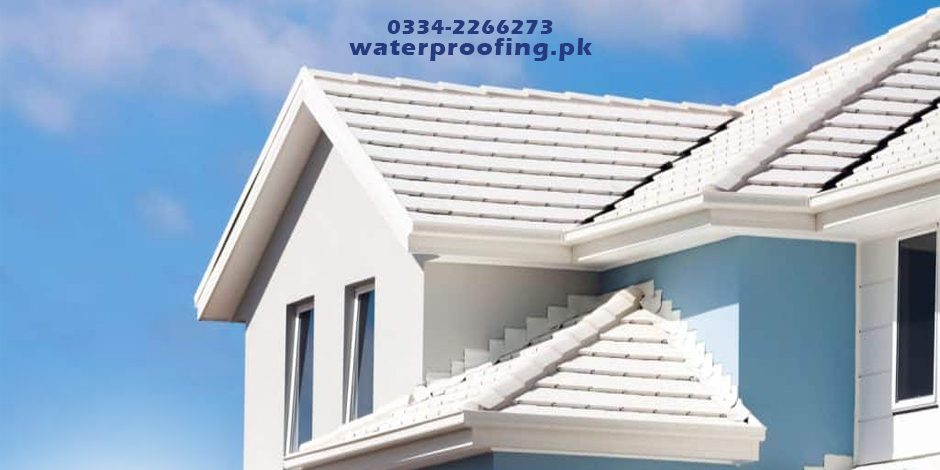White roofing has gained popularity in recent years due to its potential energy-saving benefits. While white color can offer advantages in certain situations, its use depends on factors, such as climate, building design, local regulations, and personal preferences. Let’s explore the benefits and considerations of using white as a roofing color.
Benefits of White Roofing
Energy Efficiency
White or light-colored roofs, often referred to as “cool roofs,” reflect a larger portion of sunlight and absorb less heat compared to darker roofs. This reflective quality can help reduce the heat absorbed by the building, leading to lower cooling costs and improved energy efficiency.
Reduced Heat Island Effect
Urban areas with numerous dark-colored roofs and asphalt surfaces can experience the “heat island” effect, where temperatures are significantly higher than in surrounding rural areas. White roofing can help mitigate the effect by reflecting more sunlight and reducing the overall heat buildup.
Read More
Types of Heat Resistant Roofing Sheets Used in Pakistan
The Science Behind White Color in Roof Heat Proofing in Pakistan
Roof Heat Proofing in Karachi: Protection from the Heat Wave
Extended Roof Lifespan
Cooler roofs experience less thermal expansion and contraction, which can reduce stress on roofing materials over time. This can contribute to the roof’s longevity and lead to lower maintenance costs.
Aesthetic Appeal
White roofs can lend a clean, modern, and sophisticated appearance to a building. They can enhance the overall aesthetics of residential and commercial structures.
Regulatory Incentives
In some regions, there are regulatory incentives or building codes that require the use of cool roofing materials, including white or light-colored roofs, to promote energy efficiency and environmental sustainability.
Considerations for White Roofing
Climate
The effectiveness of white roofing in reducing energy costs depends on the local climate. In warmer regions with significant cooling needs, white roofing can be beneficial. In colder climates, the heat-absorbing qualities of dark roofs assist with winter heating.
Building Style
The suitability of white roofing also depends on the architectural style of the building: White roofing might not complement certain design aesthetics as well as other roofing colors.
Maintenance
White roofs might show dirt, debris, and stains more prominently than darker roofs. Regular cleaning might be required to maintain their appearance.
Glare
White roofing can reflect a significant amount of sunlight, which might cause glare. This can be particularly problematic in areas with intense sunlight.
Read More
Equipment Used for Roof Heat Proofing Services in Karachi
Does Roof Heat Proofing Really Work?
How to Protect the Roof from Sun Heat in Karachi?
Roofing Material
The type of roofing material matters. For instance, asphalt shingles in white might not be as effective in reflecting heat as white membranes.
Neighborhood Aesthetics
Consider the surrounding buildings and neighborhood aesthetics. White roofing might not blend well with certain architectural styles or existing roofing colors in the area.
Initial Cost
Depending on the roofing material, white roofing can have a higher upfront cost than traditional roofing colors. However, the potential energy savings could offset the initial expense over time.
Environmental Impact
The production and disposal of roofing materials can have environmental implications. Consider environmentally friendly options when choosing roofing materials.
Which Roof Color Last the Longest?
Light-colored roofs tend to last longer due to their ability to reflect sunlight and heat. This reduces the wear and tear caused by extreme temperatures and UV radiation. Factors such as roofing material and proper maintenance also play a crucial role in determining the permanence of a roof’s color.
Conclusion
While white roofing can offer notable energy-saving benefits, it might not be the best choice for every situation. It’s essential to weigh the advantages and considerations specific to your location, building design, and personal preferences. Consulting with roofing professionals, considering local climate conditions, and exploring different roofing materials are important steps in determining whether white is the best color for your roofing project.
Contact Waterproofing.pk for best results!







